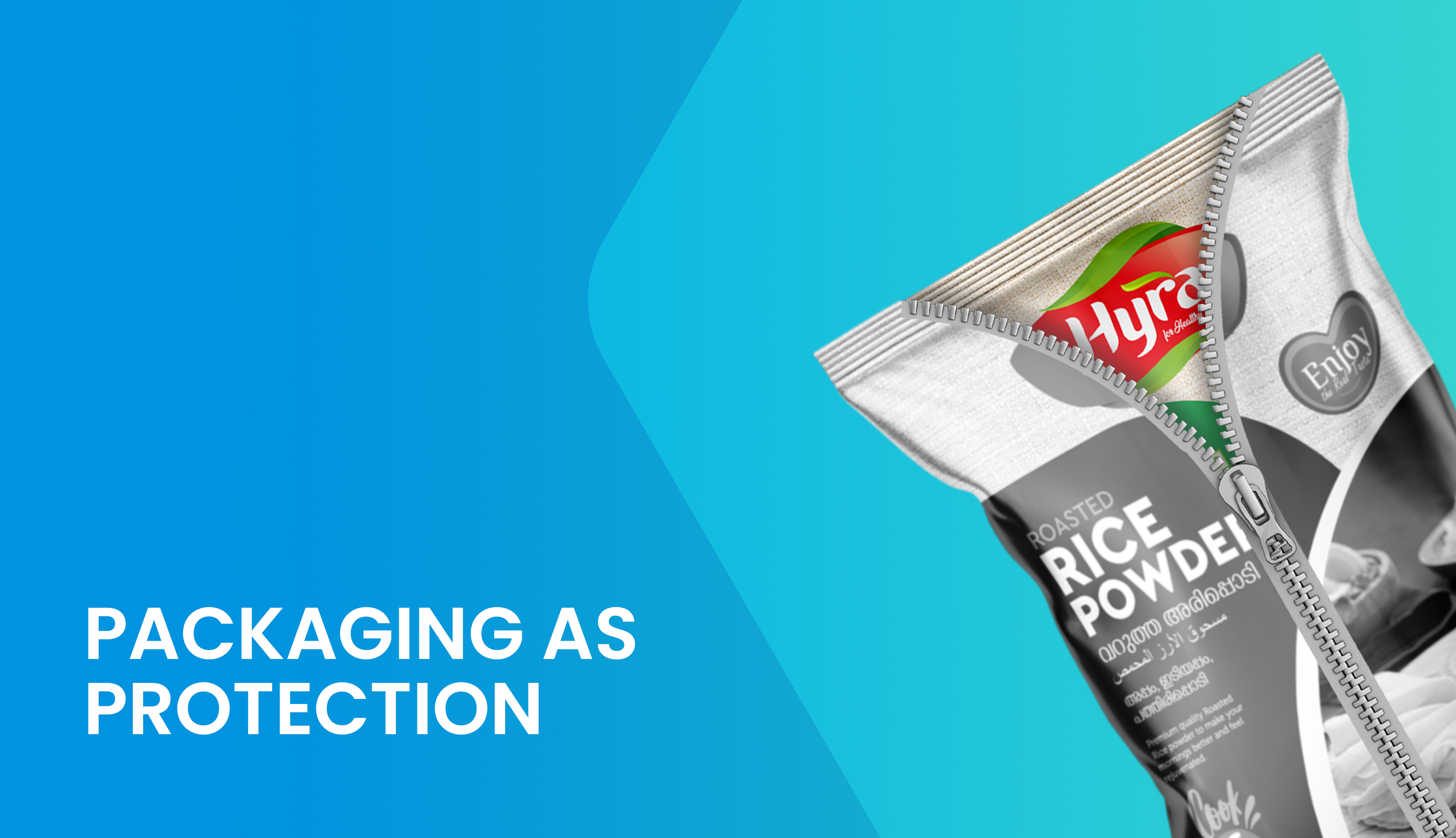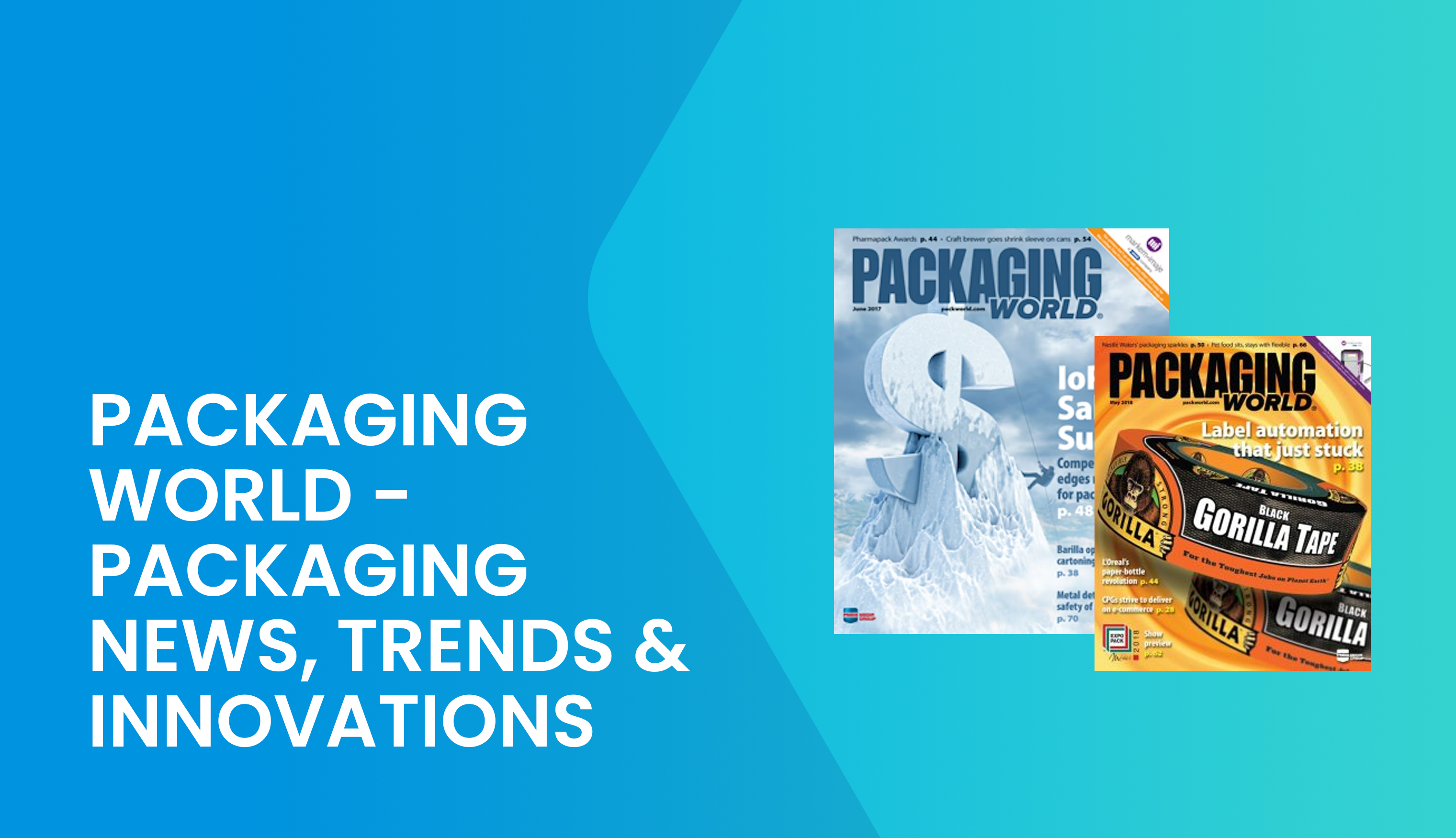Packaging as protection
Packaging is an essential aspect of modern commerce that serves a variety of purposes, including containing, protecting, preserving, and promoting products. One of the primary functions of packaging is protection, which involves safeguarding products from damage or contamination during transportation, storage, and handling. Packaging can serve as a barrier against physical, chemical, and biological hazards, and it can also provide cushioning, shock absorption, and stabilization to prevent products from breaking, leaking, or spoiling. In this article, we will explore the concept of packaging as protection and its importance in ensuring product quality and safety.
The role of packaging in product protection has become increasingly crucial as global trade and e-commerce continue to expand. Products can be exposed to a wide range of hazards during their journey from the manufacturer to the end-user, including temperature fluctuations, humidity, vibration, pressure, and shock. Therefore, it is essential to design packaging that can withstand these hazards and provide the necessary protection for the product.
There are several types of packaging materials that can be used to protect products, including plastics, paper, cardboard, metal, and glass. Each material has its strengths and weaknesses, and the choice of packaging material depends on various factors such as the product's nature, size, weight, fragility, and shipping distance. For instance, fragile products such as electronics, glassware, or ceramics may require more robust packaging materials such as foam, air pillows, or bubble wrap to prevent breakage during transit. Similarly, perishable products such as food, pharmaceuticals, or vaccines may require specialized packaging materials such as insulated boxes, refrigerants, or desiccants to maintain their quality and safety.
Packaging as protection also involves considering the environmental impact of packaging materials. The use of sustainable packaging materials such as biodegradable plastics, recycled paper, or compostable materials can reduce the environmental footprint of packaging while still providing the necessary protection for products. Moreover, designing packaging that is reusable, recyclable, or compostable can promote circular economy principles and reduce waste generation.
Packaging as protection also extends beyond the physical aspect to include tamper-evidence and security features that prevent unauthorized access or theft. Tamper-evident packaging such as shrink-wrapped plastic, security seals, or tear strips can help detect if a product has been opened or compromised, thus ensuring the safety and integrity of the product. Security features such as holograms, barcodes, or RFID tags can enable tracking and tracing of products throughout the supply chain, reducing the risk of counterfeiting or diversion.
In conclusion, packaging as protection plays a critical role in ensuring product quality and safety throughout the supply chain. Packaging can serve as a barrier against physical, chemical, and biological hazards, provide cushioning and shock absorption, maintain temperature and humidity control, and prevent tampering and theft. Choosing the right packaging material and design depends on various factors such as product type, shipping distance, environmental impact, and security requirements. Therefore, it is crucial to consider packaging as an integral part of the product design process and prioritize protection alongside other packaging functions.



